Shell-a-Brate World Turtle Day!
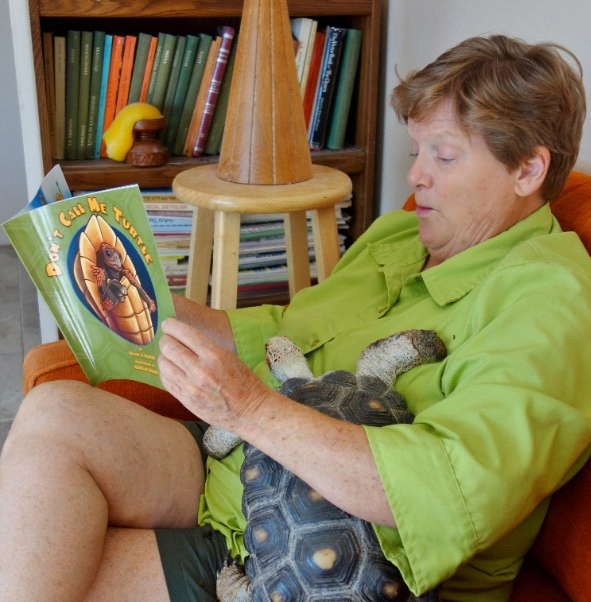
If you are familiar with my writing, you’ll have noticed that turtles are a frequent topic. But wait, you may say, I thought you usually wrote about tortoises? I hate to admit it, but tortoises fall into the category of turtles! Please don’t tell Myrtle, my red-foot tortoise. I wrote my first rhyming picture book, […]
Why Don’t I Write That?
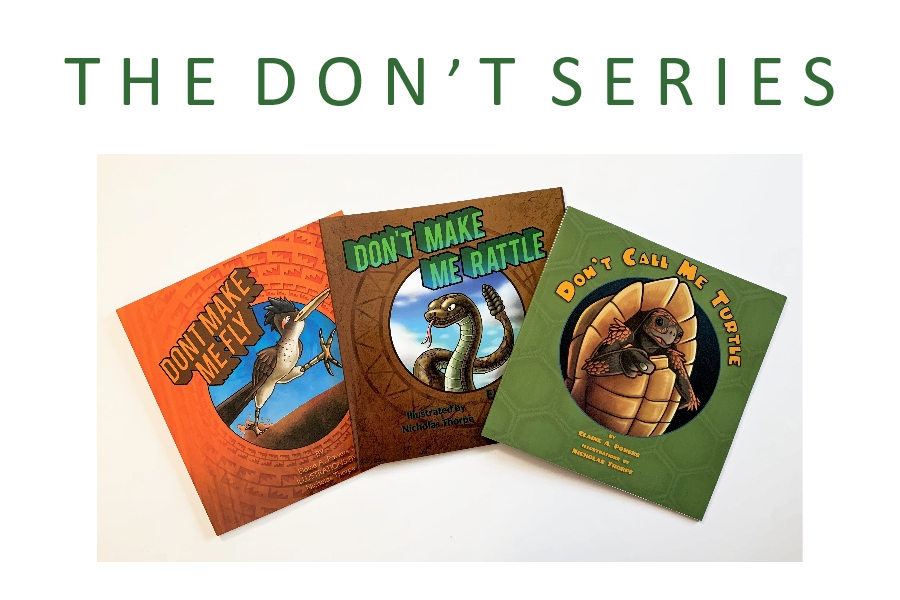
I’m so happy in-person book sales are returning. I love speaking to people about my books and about the importance of science education through children’s books. Many people are delighted to find my books and often suggest other topics for me to write about. I write them all down. My most popular books are my […]
Mirror, Mirror on the Wall, Who’s the Prettiest Head of All?
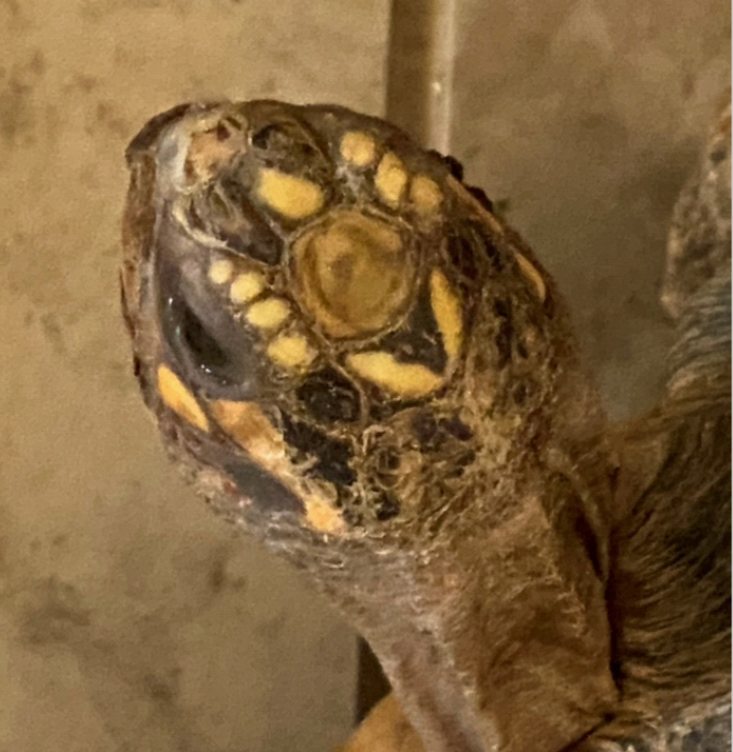
Red-footed tortoises, Geochelone carbonaria, are popular pets. These natives of Central and South America are easy to care for and don’t get too big, growing up to 30 pounds. They are also known for the bright colors on their skin and shell, including their namesake red scales on their legs. Recently, I noticed how vivid […]
Happy Birthday, Exuma!
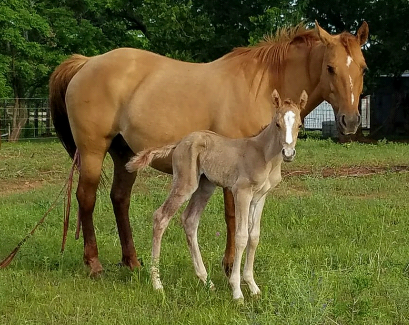
Since my mare, Button, is approaching retirement from being a saddle horse, I decided to get a younger horse to take over her work. That is how Exuma, a Quarter Horse gelding, came into my life. Exuma was born on April 28, 2017. Today is his fourth birthday! Above photo courtesy of D. Iman He […]
My Computer is Padded: Reptile-Side Chats Here I Come!
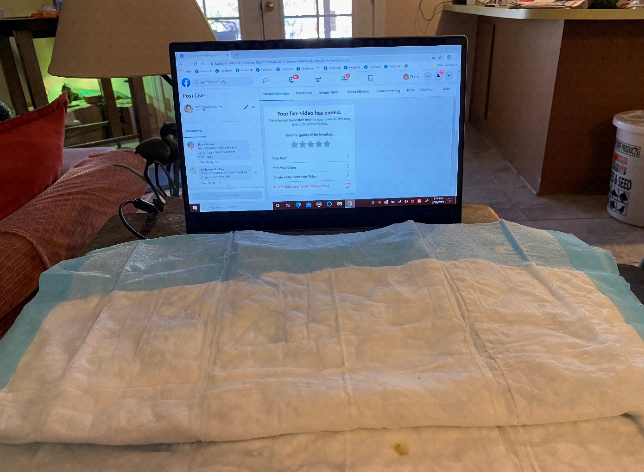
In previous posts, I mentioned the lessons learned from doing Facebook Live talks. I was able to continue them last week with my new laptop. New, because my Sonoran Desert tortoise peed on my old laptop and killed it. I did hold her up for 12 minutes, and she showed great restraint, so it really […]
March 2nd is NATIONAL READ ACROSS AMERICA DAY
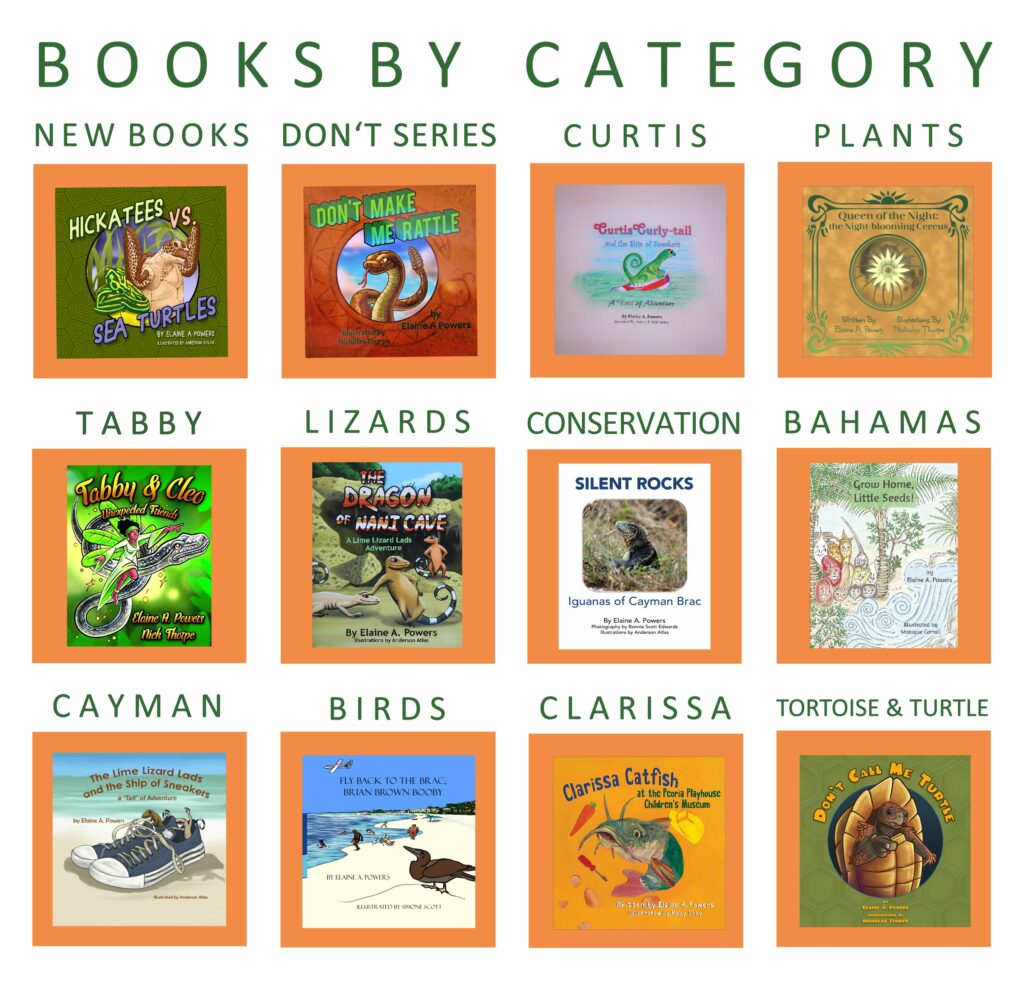
March 2nd, National Read Across America Day, is set aside to encourage kids to read. As an author of fun science-based children’s books, I love the idea of children reading books. I’m happy they’re reading, whether it’s one of my brightly illustrated picture books or adventure tales, or any other authors’ books, comic books, graphic […]
February 20th is NATIONAL LOVE YOUR PET DAY
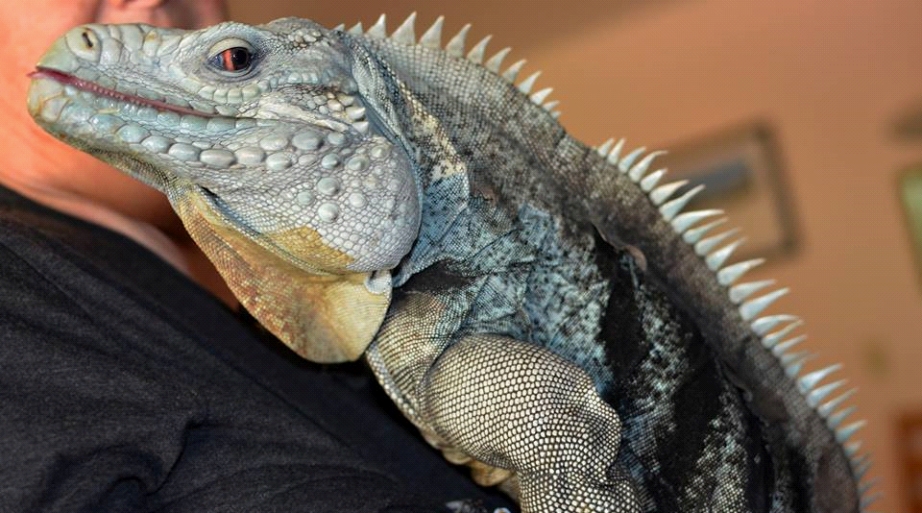
Almost 70% of families in the US have pets. I suspect with the pandemic that percentage may have increased. I, of course, have a household filled with pets. Mine don’t have fur, like the more familiar cats and dogs–they have scales. Yes, my pets are reptiles. In addition, I have two pets that I’m not […]
Horse Care, Sirens, and a Desert Singalong
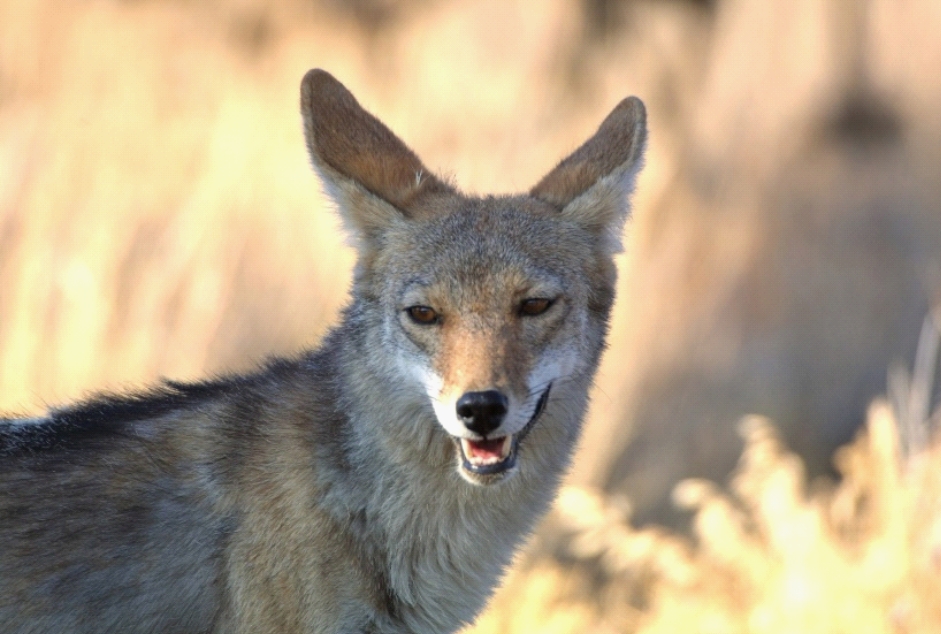
One afternoon about 3:00 p.m., I heard sirens on a nearby main road. The sirens went on for quite a while and included several pitches. The vehicles probably included those from the police and fire departments, and perhaps an ambulance. I listened as I brushed my horse, Button. She turned to listen to the noise, […]
January 28th is NATIONAL HAVE FUN AT WORK DAY
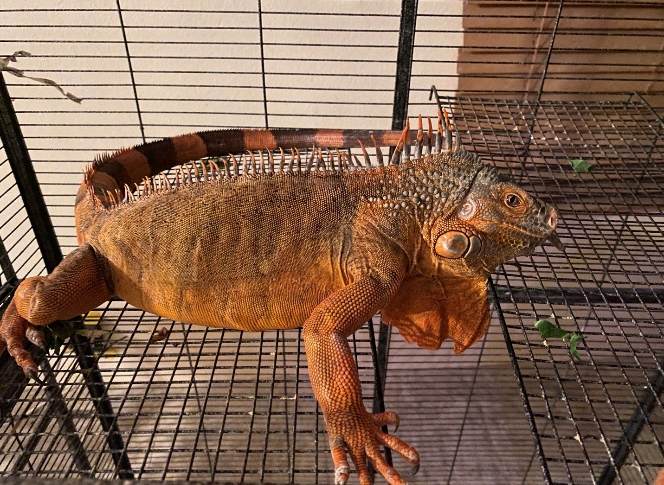
Working from Home with our Pets January 28th is National Have Fun at Work Day and with the pandemic, many people who would go to work in an office or at least away from home, are now telecommuting or video conferencing. We find ourselves trying to convince our companion-animal family members to maintain professional boundaries. […]
Drawn to the Amazing Singing Wind Bookshop
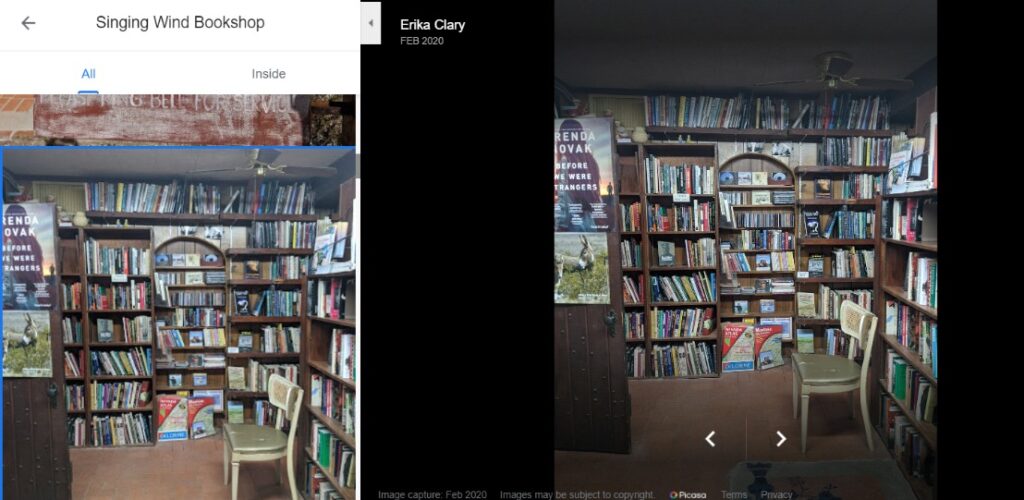
Bookshop Photo by Erika Clary Writing a book is often the easiest part of “the book business.” Unfortunately, due to the hours lost to writing, the author then has to market her work, even, in our times, if she is traditionally published. As scary as it is to go to bookstores and ask the manager […]
